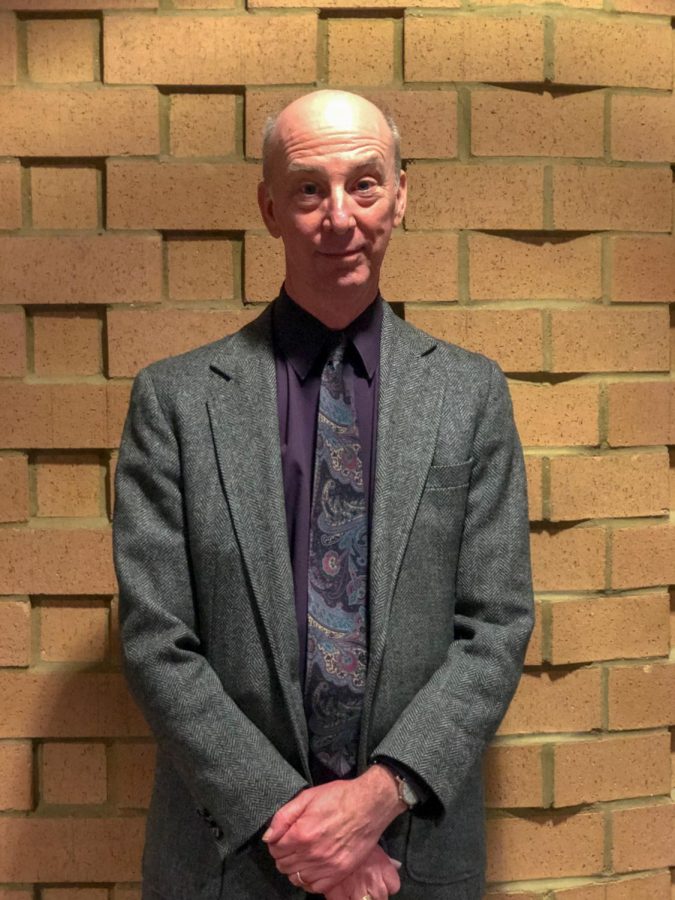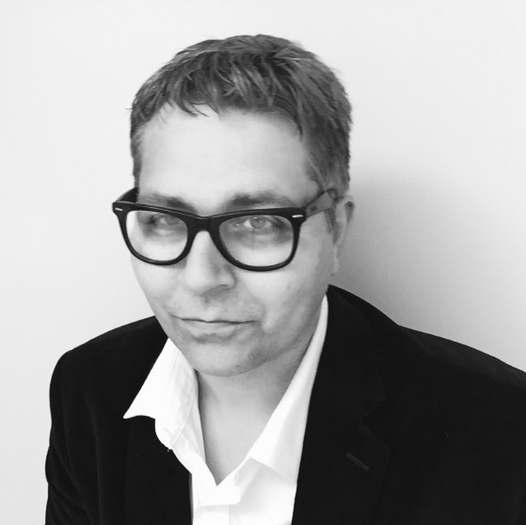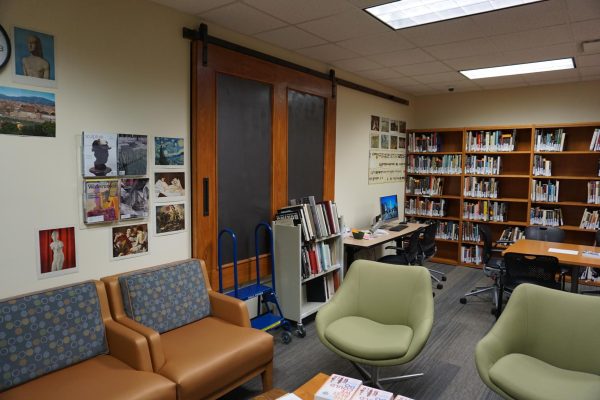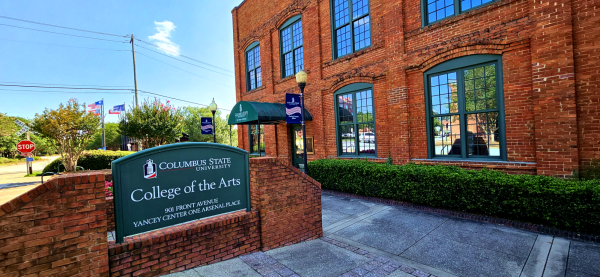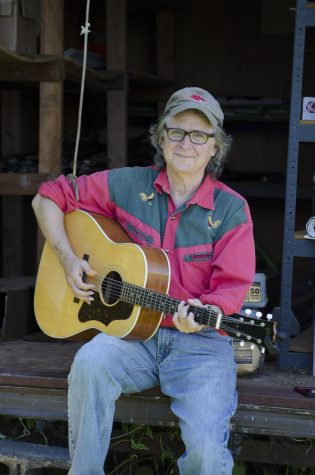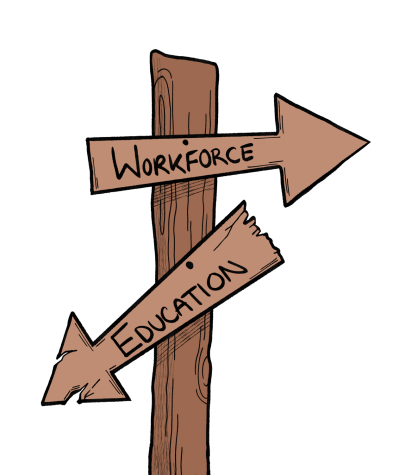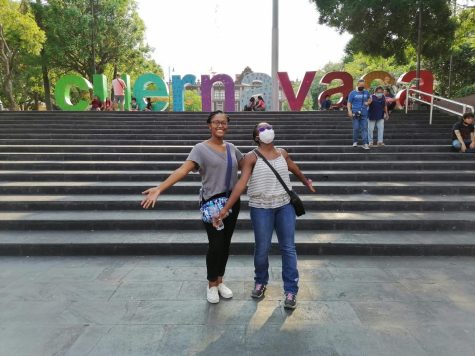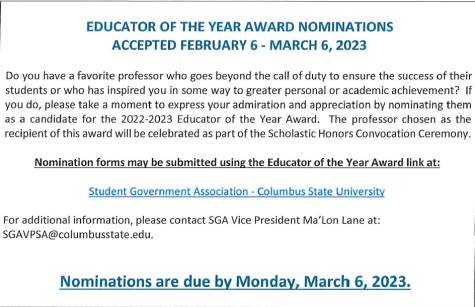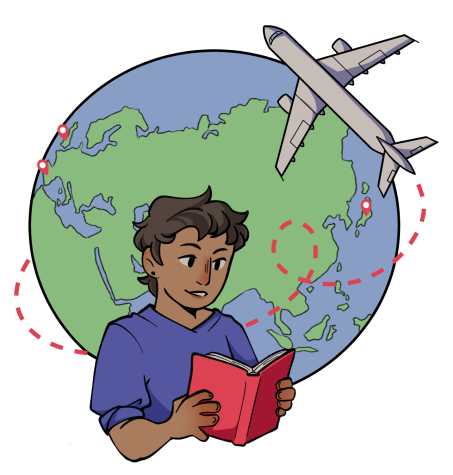An Interview With Professor McCallus
On McCallus’s novel, “Forgotten Under a Tropical Sun”
Many aspiring writers, no matter the genre they specialize in, want to write a book. However, not all get the chance to write one, let alone succeed. One of our very own teachers at Columbus State University managed the task and published a book last year.
Professor Joseph P. McCallus, Ph.D. is a faculty member in the English Department at CSU who teaches professional writing. McCallus specializes in American involvement in the Philippines, which led to the publication of one of his books, “Forgotten Under a Tropical Sun: War Stories by American Veterans in the Philippines, 1898-1913.” The work contains analysis on memoirs and autobiographies from the written accounts of American veterans who served in the Philippines within that time period. These documents allow readers to understand how veterans perceived their experiences in the war and country.
The war that the novel centers on is the Philippine-American War. It is a war rarely documented in American history and is, therefore “poorly understood and nearly forgotten,” according to an excerpt pulled from the book’s summary.
The Philippine-American War began in 1898. Before the war, Spain had control of the Philippines and possessed a colony in Manila, the current capital of the Philippines. However, Spain fought with the Americans in the Spanish-American War, and after their defeat, they ceded their long-standing colony in the Philippines to the Americans. The Philippines, then free from Spanish control, desired to enter Manila and reclaim it. The Americans, however, forbade them from entering the colony because they believed that the Filipinos would commit atrocities to the remaining Spanish civilians in Manila. Eventually, shots were fired, and the Philippine-American War began.
It was a long, brutal war with casualties on both sides from the many skirmishes that took place. The estimates vary, but it is stated that at least 20,000 Filipino troops and 4-5,000 American troops died during the war. However, the death toll for Americans was mostly due to disease. Collateral damage in the war led to the loss of 200,000 civilian lives.
Q&A
Why did you pick that title?
What inspired me to write the whole thing was that I was doing research in a library in Manila. And I found a complete collection of journals written by American veterans during the 1930s. And what struck me as interesting was that these were all journals from an American old soldier’s home in Manila. In other words, these were men… who stayed in the Philippines after their service and fell on hard times. And they lived in an old soldier’s home.
And in order for the old soldier’s home to be financially solvent, they published this journal. These veterans would tell their stories. And I thought it was pretty emotional to know that in 1942, they would all be round up by the Japanese and put into internment camps. And then, of course, their stories are forgotten.
But luckily, this journal somehow survived the war, and I took many of the stories from that journal and analyzed them. And I found other books and stories by veterans and no one knows about them.
What was the most shocking thing you learned?
I say this now, and I should have realized it from the beginning, but the brutality of the American forces on civilians and combatants in the Philippines. The thing you have to remember though is that the Americans practiced what would now be considered torture. Water-boarding. They had a form of water-boarding. It was called the ‘water cure,’ in which they would take a hose and shove it down a person’s mouth and then pump water into their bellies. They also had the ‘hanging cure’ in which they’d put a rope around your neck and hang you from a tree until you started to pass out then pull you out of it. As far as I know they didn’t actually murder anyone doing that, but that’s how they got information. The important thing is that was all legal at the time. That was completely legal.
Which battle was the hardest to write about?
What the Americans call the Balangiga Massacre. That was when American troops were stationed on this island called Samar. They were sitting there at breakfast, and Filipinos, without warning, attacked. Townspeople that they thought were their friends. There were 75 or 78 Americans, and 48 were killed, and the rest of them were able to escape to another island.
And when that happened…the Americans had thought the whole thing was over, and this showed [the war] wasn’t over. And they decided to make an example, and on that island of Samar, they went through burning all farms, importantly killing all livestock. Essentially doing a scorched earth policy, which may or may not be considered a war crime… The loss of life, it was really brutal. In fact, the title of that chapter in the book is ‘Brutality.’ It was guerilla warfare.
Where did you find your resources?
I received material from descendants of those people. By the way, I specifically decided not to use letters… I used letters as supporting information, but I only wanted to use memoirs. People write memoirs differently than letters. When you write a letter, you’re normally writing it very close to what just happened. You write it to one person. You assume it’s going to be private. When you write a memoir, you’re writing it usually years later. You assume that many people will read it and that it won’t be private. Therefore, you can’t mix and match. It’s gotta be one or it’s gotta be the other, and since I was dealing with the whole notion of memory…called ‘life writing’… the idea of memory has become very interesting to me.
Memories are really inaccurate. Really inaccurate. Because we think we remember how something happened when in fact, normally, we are just constructing and reconstructing a story in our heads. We change that story to fit what we want to believe in. When you read a written memory, it’s not history. It’s a story. And that’s why I have that in the title: stories. An autobiography or a memoir should be looked at as a story, not history, though it is part of it.
What do you want readers to walk away with after reading your book?
I suppose if you’re going to try and understand some sort of historical catastrophe like a war, the first thing you have to do is try and understand it in human terms. Not in terms of statistics, politics, or culture. You have to look at how human beings experienced it and take it from there.
Water-boarding. They had a form of water-boarding. It was called the ‘water cure,’ in which they would take a hose and shove it down a person’s mouth and then pump water into their bellies. They also had the ‘hanging cure’ in which they’d put a rope around your neck and hang you from a tree until you started to pass out then pull you out of it. As far as I know they didn’t actually murder anyone doing that, but that’s how they got information. The important thing is that was all legal at the time. It was completely legal.



